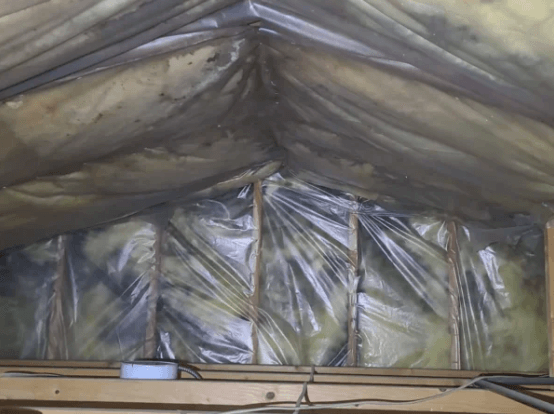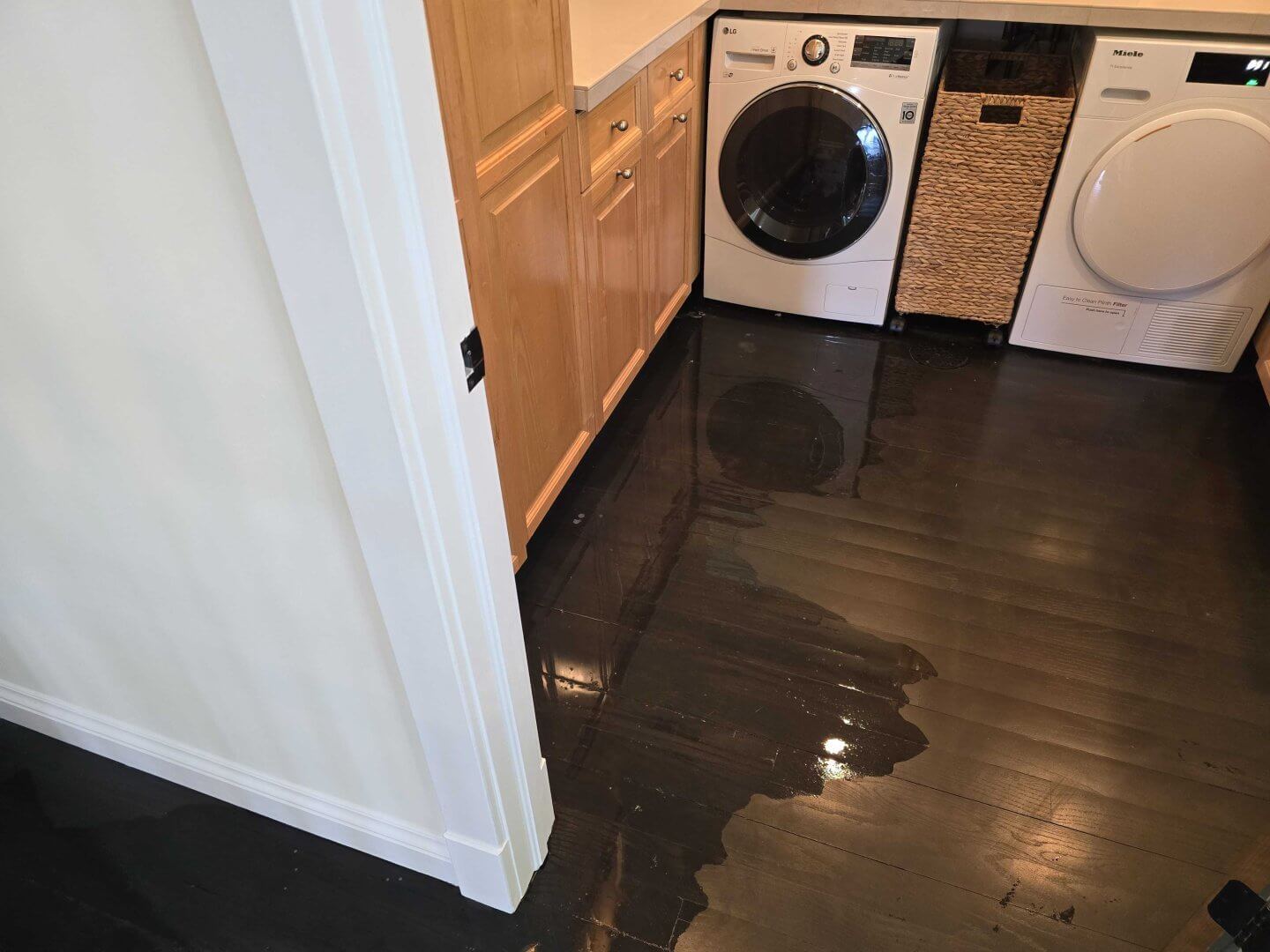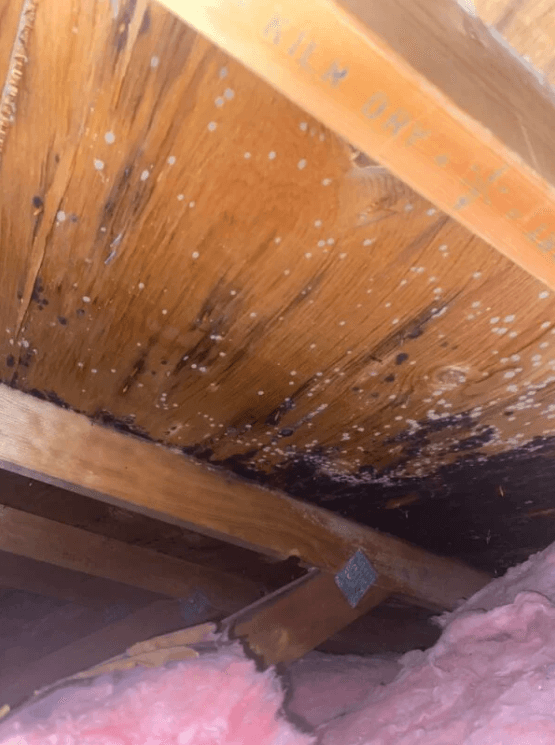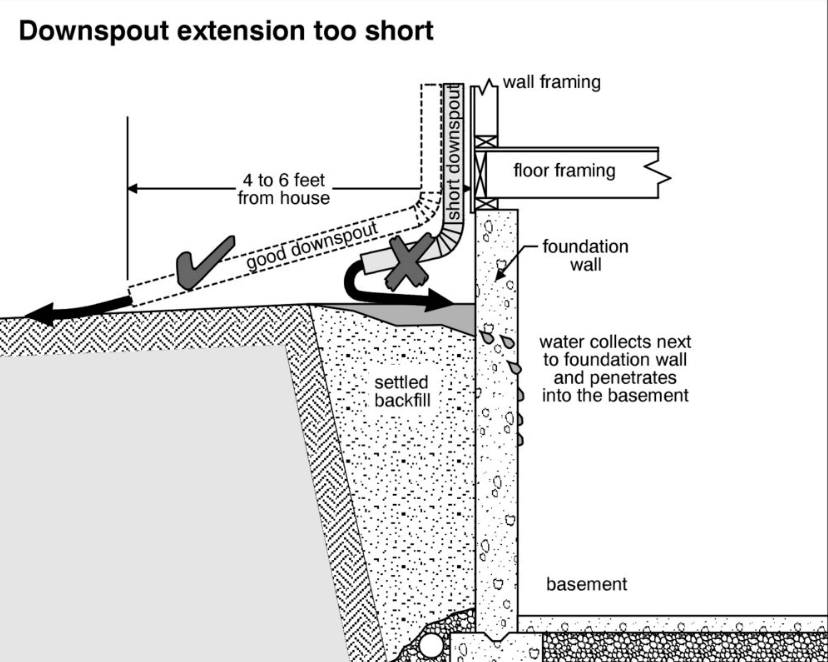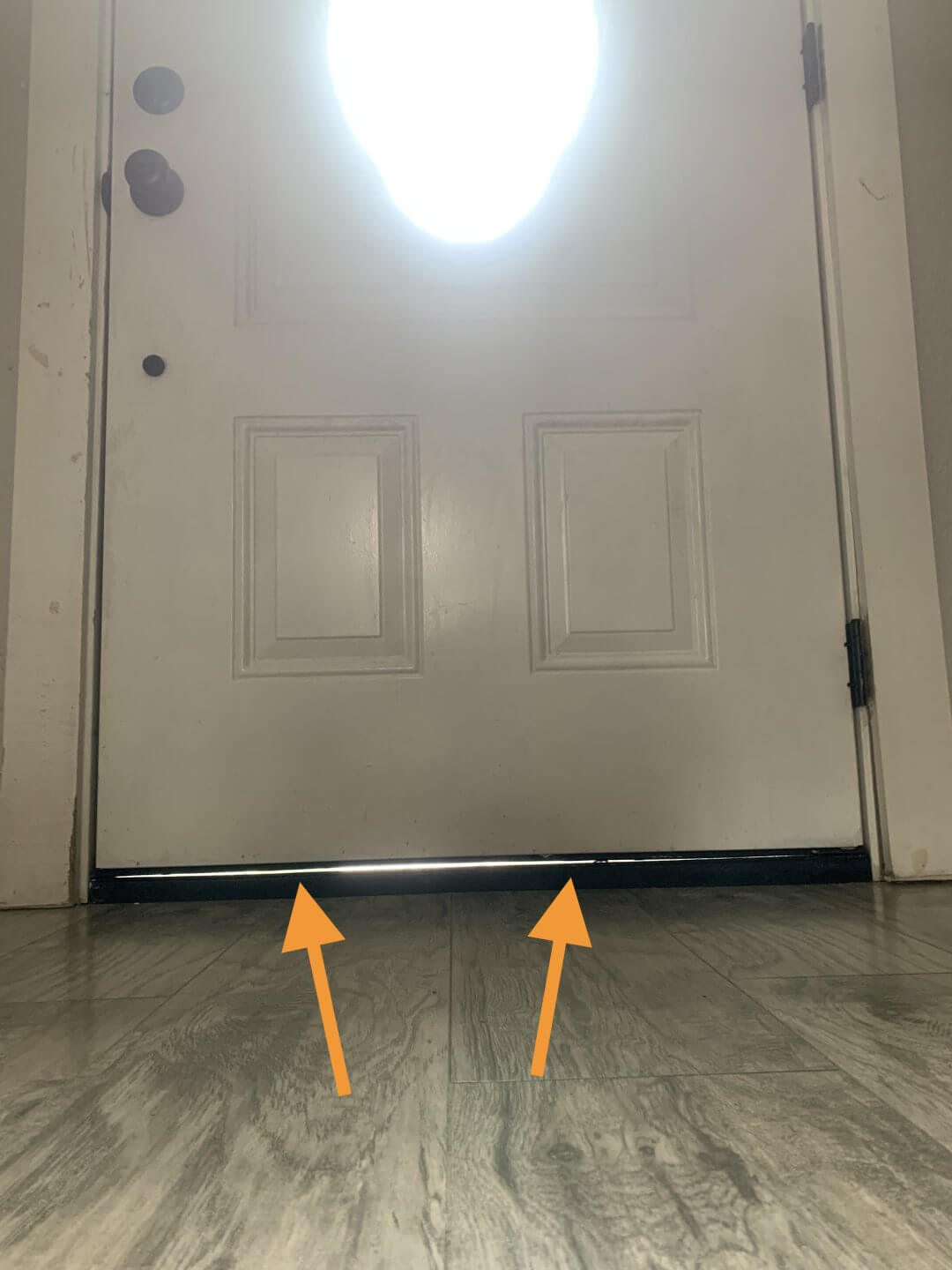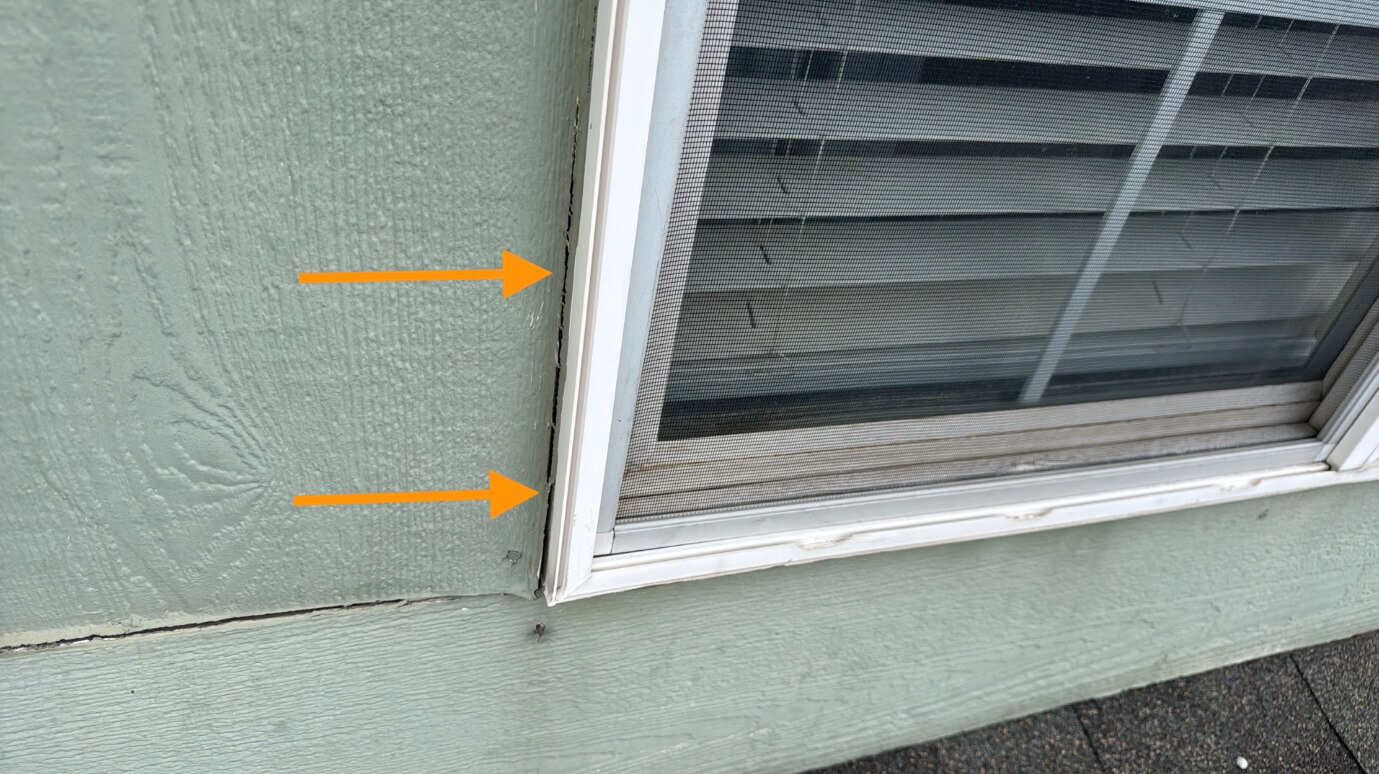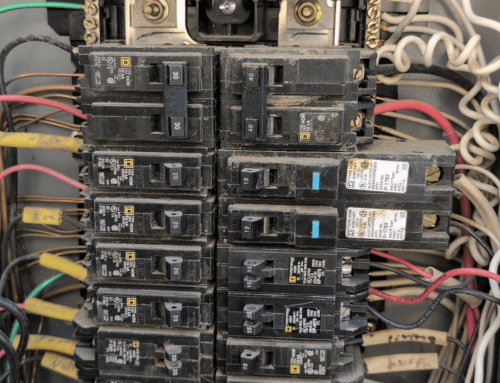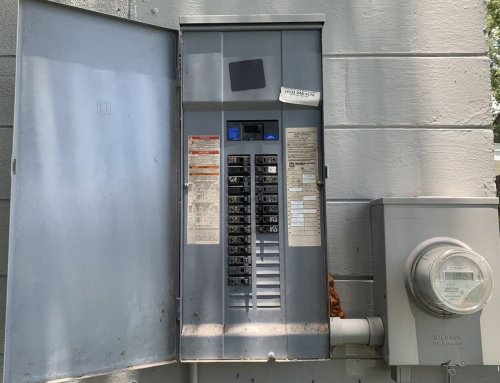Understanding and Preventing Moisture Issues
Date Published: July 23, 2025
Water is a force not to be underestimated. It can sneak its way into a home, causing structural damage, health issues, and expensive repairs. Having inspected over 66,500 homes in the span of 19+ years, we have certainly seen our fair share of mold and moisture issues.
When left unaddressed, even the smallest traces of moisture can lead to BIG issues. Whether you’re a homeowner or a property manager, understanding what leads to moisture problems—and how to prevent them—is key to protecting your investment and your (or your occupants’) health.
What Causes Mold and Moisture Issues?
Poor Ventilation
Whether we are showering, cooking or even breathing, we are constantly producing moisture. If the moisture is unable to exit the home, it can build up and lead to water-related issues and mold growth.
Leaks
Leaks are, of course, a top culprit for moisture and mold problems. Sometimes leaks are difficult to detect, as they can occur behind walls, furniture or appliances.
Without the proper attention, even the smallest leaks can amplify into huge issues. Plumbing leaks, roof leaks, and HVAC leaks are some of the leading sources for leakages.
Basement and Crawlspace Dampness
Basements and crawlspaces are naturally prone to moisture due to their location below grade. Poor drainage, water seepage through foundation walls, and high humidity levels all contribute to mold problems in these areas.
Flooding
It goes without saying that any flooding—whether from a storm, rising groundwater, or an appliance overflow—can lead to mold and other related issues.
Improperly Sealed Doors and Windows
If seals around windows or doors are failing, outside moisture can seep its way in, especially during rainstorms or in high-humidity weather.
How To Prevent Mold and Moisture Issues
As a home inspection company, we make it our job to not only identify moisture issues, but also to recommend how to avoid these problems in the future. Staying on top of maintenance and making proactive improvements can help to prevent costly repairs down the road. Let’s discuss!
Utilize Ventilation
Proper airflow and ventilation is crucial in mitigating excessive moisture buildup. Essentially, any place that produces moisture should have some type of sufficient exhaust. Having an exhaust system in your kitchen is highly recommended. This doesn’t only expel moisture from the kitchen. It also helps to pull any harmful cooking fumes out of the living space. Your clothes dryer should also be vented to the exterior for the same reason.
The bathroom is obviously a prime source for heavy moisture. You should always be mindful to run the exhaust fan when showering. It is also recommended to run the fan for 15-30 minutes after the shower in order to eliminate any moisture that may still be lingering in the air.
If you find that the home is accumulating excessive moisture, it is often advisable to install a dehumidifier. These systems can vary in size from small units for single rooms to whole house systems that regulate heat and humidity called ERV systems.
The attic space is another hot spot for moisture buildup. Proper ventilation helps the air in the attic space to circulate and alleviate any moisture accumulation or mold growth.
Monitor and Fix Leaks
This may seem like a no-brainer, but we’ve seen many cases where a small leak goes undetected and later becomes a big problem. Periodic visual inspections are a great way to avoid this type of issue. Check under your sinks from time to time, look behind the washing machine, and don’t neglect that utility closet!
We know that if you are a property manager, sometimes your tenants might not be too vigilant. That why it’s a great idea to hire a certified inspector to conduct periodic inspections.
Maintain Proper Grading and Drainage
You want to get that rain water and snowmelt as far away from the foundation as possible! That’s why having sufficient grading around the perimeter of a home is so crucial.
During a home inspection, we will always make note of any negative or flat grading. When water pools up around the foundation, it can start to seep through tiny cracks. The gradual pressure it exerts over time (known as hydrostatic pressure) can even lead to worse issues, such as bowing and structural failure.
Gutters and downspouts should also be utilized to channel water off of the roof and away from the foundation. Sometimes we will recommend downspout extensions as a way to achieve sufficient clearance.
Sump pump systems are another significant way to avoid water buildup and flooding. A properly functioning system will effectively collect any water entering into the basement or crawlspace and then discharge it away from the foundation. We always check sump pumps during our standard inspections to ensure proper functionality.
Insulate and Seal!
Believe it or not, proper insulation can help to reduce moisture issues. When sufficiently installed in a basement or attic space, insulation will minimize air exchange between the outside and interior, thus preventing excess humidity from entering the home.
Vapor barriers are also key to mitigating moisture and dampness in the crawlspace.
Essentially any opening or penetration in the home can be a potential entry point for water. That’s why windows and doors should be properly sealed and/or weatherstripped. Items such as lighting fixtures and spigots should also be sealed with necessary weatherproof sealant.
We hope that this article gave you some more insight into how to prevent mold and moisture issues. Whether you’re a homeowner or property manager, moisture control is imperative to maintaining a safe and healthy residence!
Need an Inspection? Book Scott Home Services
Here at Scott Home Services, we proudly offer an extensive list of inspection services, from standard pre-purchase home inspections to periodic rental inspections. In the case that you think you do have a mold issue, we even offer specialized mold inspections and mold air sample testing.
Visit us online to learn more about us, or contact us to schedule your inspection services today!
Related Articles
If you enjoyed this article, you may be interested in some of our others.

